





Paved Shoulder
When a driver has accidentally travelled onto the road shoulder the risk of crashing will be less if the vehicles can either stop on the shoulder or safely travel back into the traffic lane.
The vehicle will be better able to do both of these things if the shoulder is wide enough and if the vehicle tyres are able to grip the surface of the shoulder.
A sealed road surface provides the best grip for tyres. When a vehicle leaves the road, and especially when this happens at high speed, stopping and/or steering the vehicle back onto the road will be easier if the vehicle tyres are able to grip the shoulder surface.
An adequate shoulder width makes it easier for a driver to steer the vehicle back onto the road at a shallower angle, reducing the chances that the driver will ‘overcorrect’ and travel into oncoming traffic. Shoulders that are too wide create a hazard if they are used as an additional lane.
- Reduce run-off-road and head-on crashes.
- Wider shoulders allow vehicles to pull off the road in emergency situations and have clearance from through traffic (however crashes can occur when vehicles attempt to rejoin the traffic).
- Sealed shoulders provide a safe cycling space, and can be marked as bicycle lanes.
- Sealed shoulders provide structural support to the road pavement.
- Sealing can reduce ‘edge drop’ (where there is a difference between the height of the road surface and the height of the shoulder). Edge drop can make it harder for vehicles which have left the road to get back onto the road.
- Shoulder widening and shoulder sealing can be done at the same time to reduce costs.
- Edgelining can be improved at the time of upgrading the shoulder (especially when sealing).
- Shoulders should not be too wide or drivers may use them as an additional lane.
The Star Rating Demonstrator is a freely available tool with the iRAP online software, ViDA. With the Star Rating Demonstrator, it is possible to explore the impact that this Safer Roads Treatment has on risk.
Treatment Summary
Costs | Medium |
Treatment life | 5 years - 10 years |
Potential casualty reduction | 25-40% |
Case Studies
Related Images
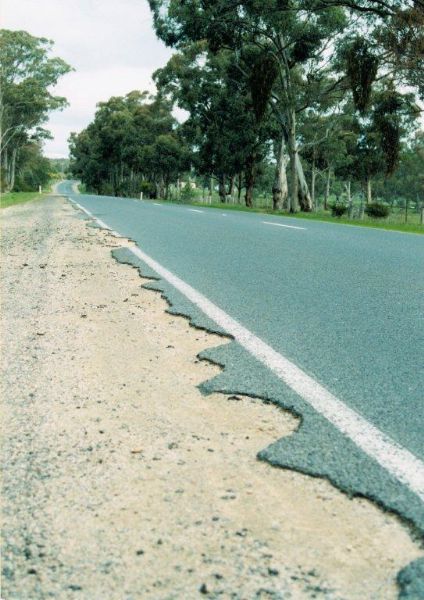 A road with poor sealed shoulders. Image credit: Greg Smith
A road with poor sealed shoulders. Image credit: Greg Smith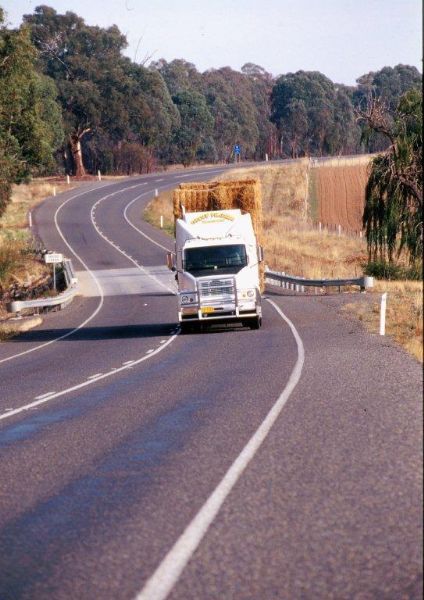 A road with sealed shoulders. Image credit: Greg Smith
A road with sealed shoulders. Image credit: Greg Smith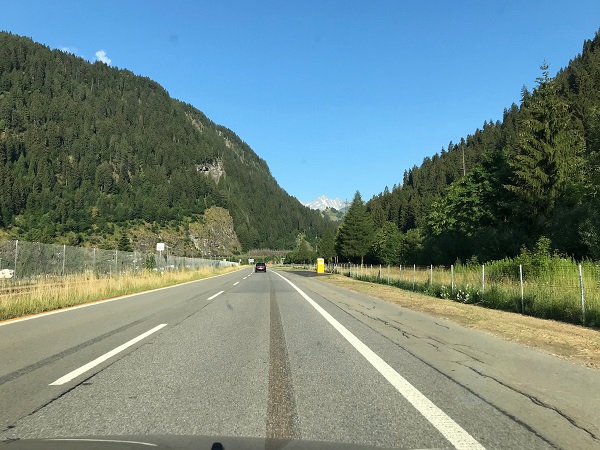 Paved shoulder in Switzerland. Image credit: Unknown
Paved shoulder in Switzerland. Image credit: Unknown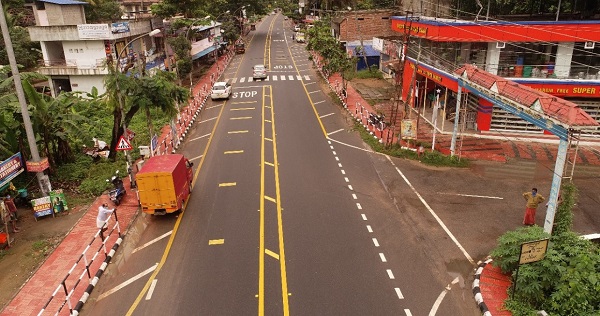 Pedestrian crossing facility with footpath, wide centreline and speed transverse markings to calm speed on a state highway in Kerala, India. Image credit: Kerala State Transport Project
Pedestrian crossing facility with footpath, wide centreline and speed transverse markings to calm speed on a state highway in Kerala, India. Image credit: Kerala State Transport Project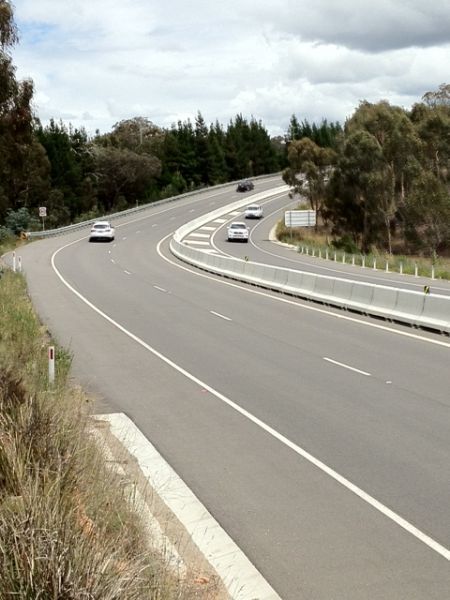 Roadside and median safety barriers on a curve in Australia. Image credit: Greg Smith
Roadside and median safety barriers on a curve in Australia. Image credit: Greg Smith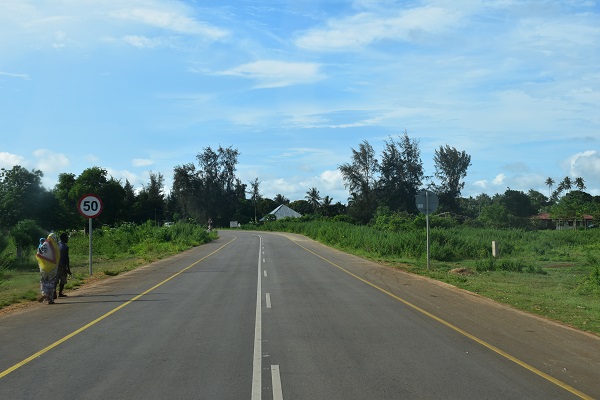 Speed limit sign in Tanzania. Image credit: Alina Burlacu
Speed limit sign in Tanzania. Image credit: Alina Burlacu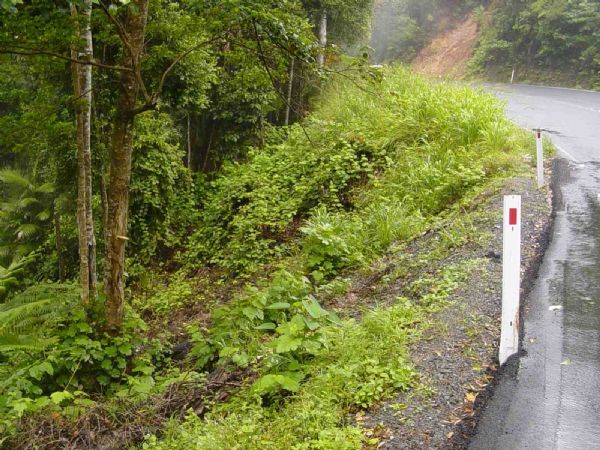 Steep roadside slope on Kennedy Highway in Australia. Paved shoulder and safety barriers will significantly reduce run-off risk at such locations. Image credit: Unknown
Steep roadside slope on Kennedy Highway in Australia. Paved shoulder and safety barriers will significantly reduce run-off risk at such locations. Image credit: Unknown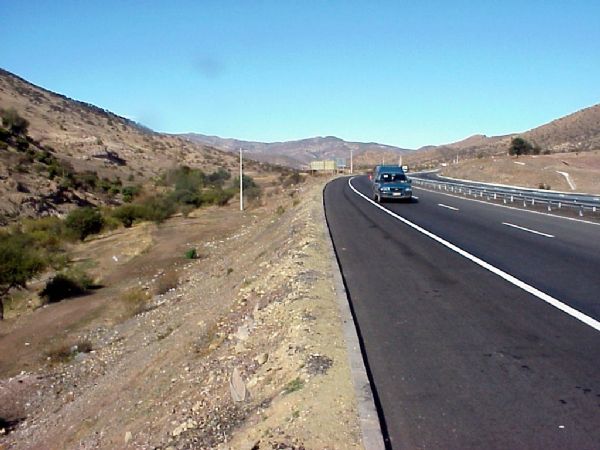 Paved shoulder and steep roadside slope. Image credit: Greg Speier
Paved shoulder and steep roadside slope. Image credit: Greg Speier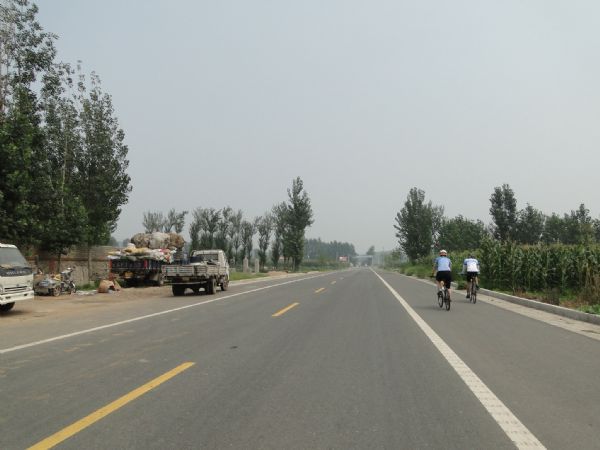 Wide sealed shoulder bicycle lane, China. Image credit: Greg Smith
Wide sealed shoulder bicycle lane, China. Image credit: Greg Smith










